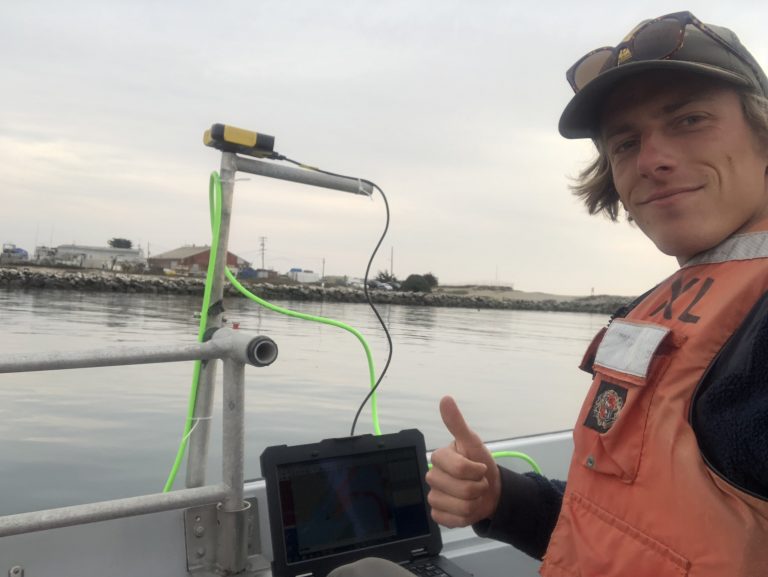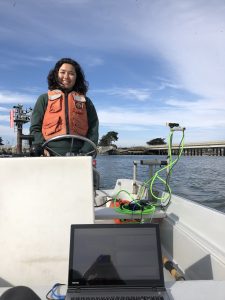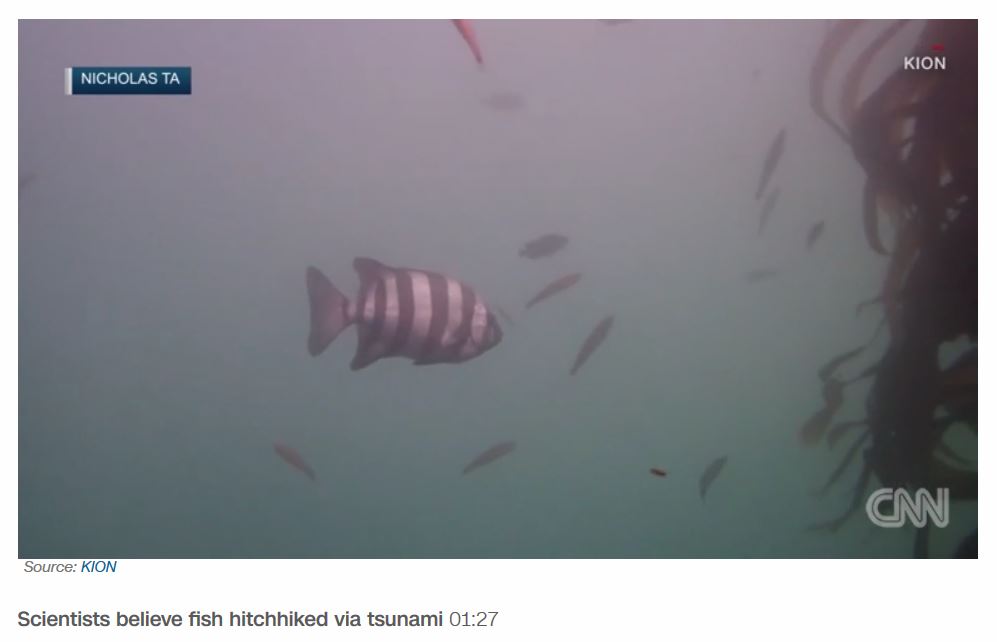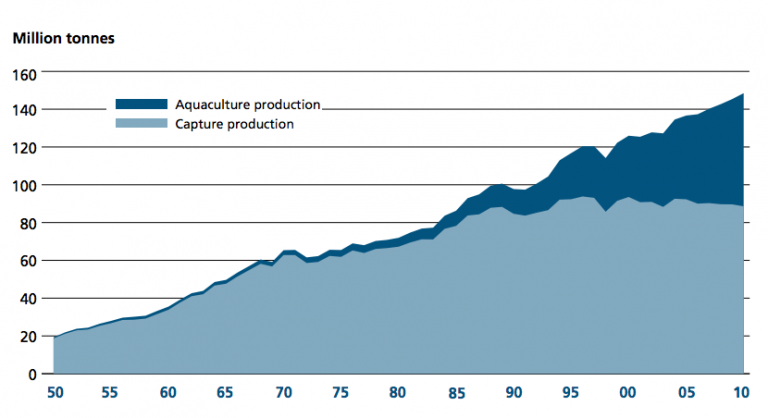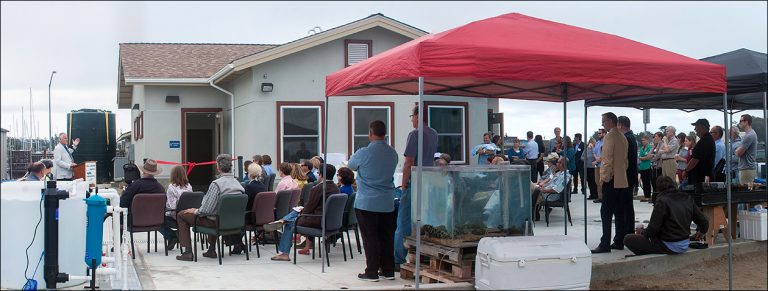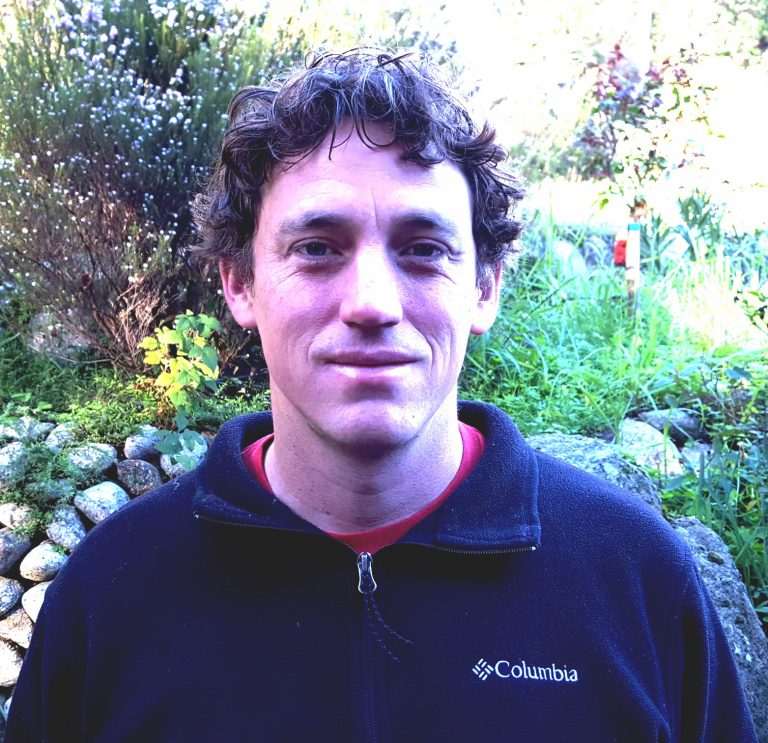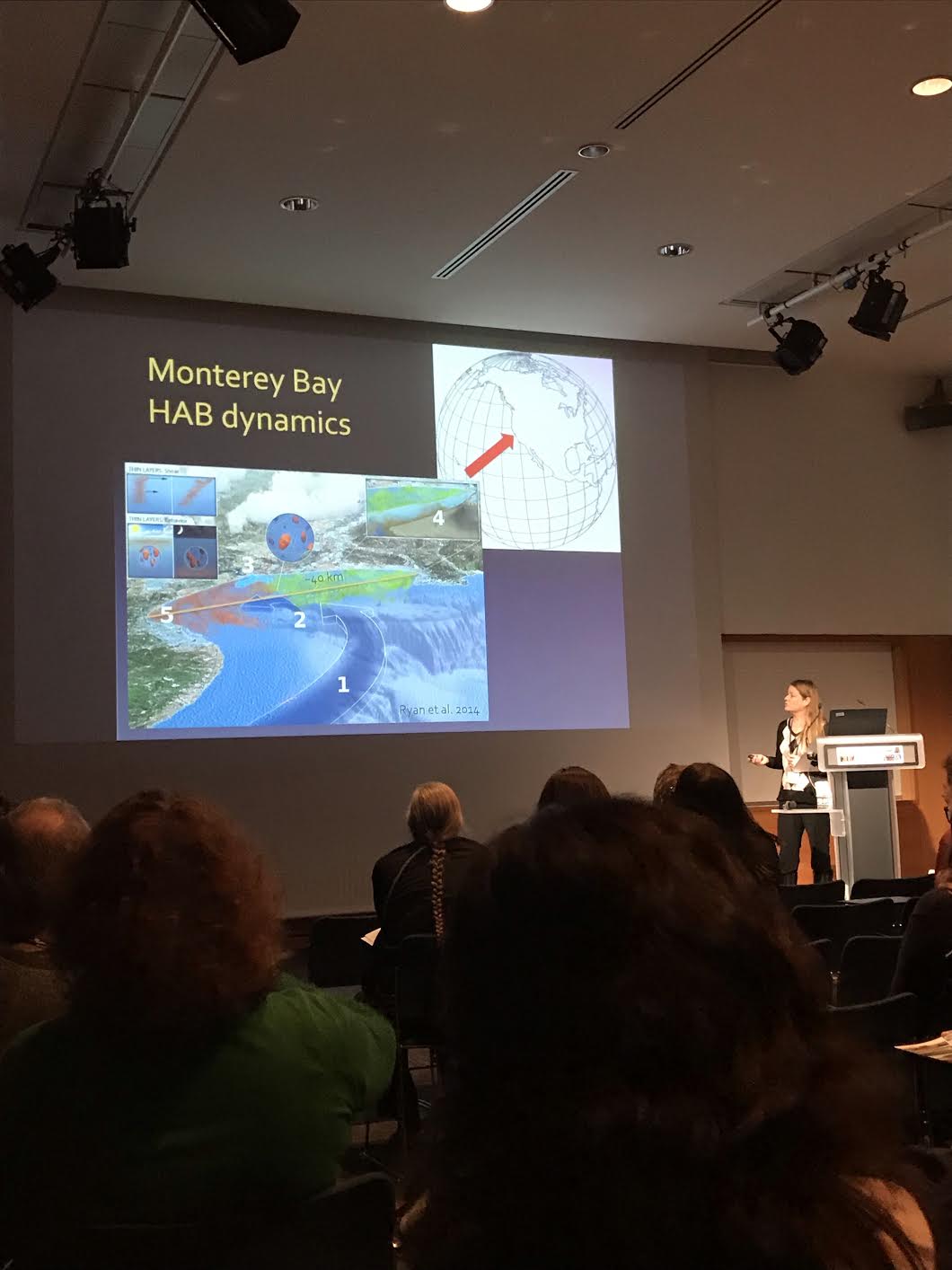Blogging their way to an ROV
Moss Landing Marine Lab's very own Miya Pavlock-McAuliffe and Marcel Peliks entered a contest with National Geographic's Open Explorers S.E.E Initiative and they won a remotely operated vehicle from Open ROV. Over the past few months they've been blogging about their mission to discover the shallow areas of the Monterey Submarine Canyon via multibeam sonar and scientific instrumentation to learn about the geologic processes that shape the Monterey Bay and understand how the features themselves influence the vibrant Monterey Bay ecosystem. The blog takes you on the journey of two scientists going through trial and error to seek new information.
Several researchers at MLML will have the opportunity to use this ROV for their studies. These two Geological Oceanographers aim to study massive submarine landslides, or mass gravity flows, that periodically occur at the edges of the canyon and have been shown to move sand, mud, and rocks miles into the deep. We aren't sure why they happen as they aren't linked to earthquakes or storms. They plan to use the ROV to survey the head of the canyon frequently, in order to observe if the timing of mass gravity flows in the canyon are connected to the longshore sediment transport system: do build ups in sediment moved from the beach to offshore cause these flows?


